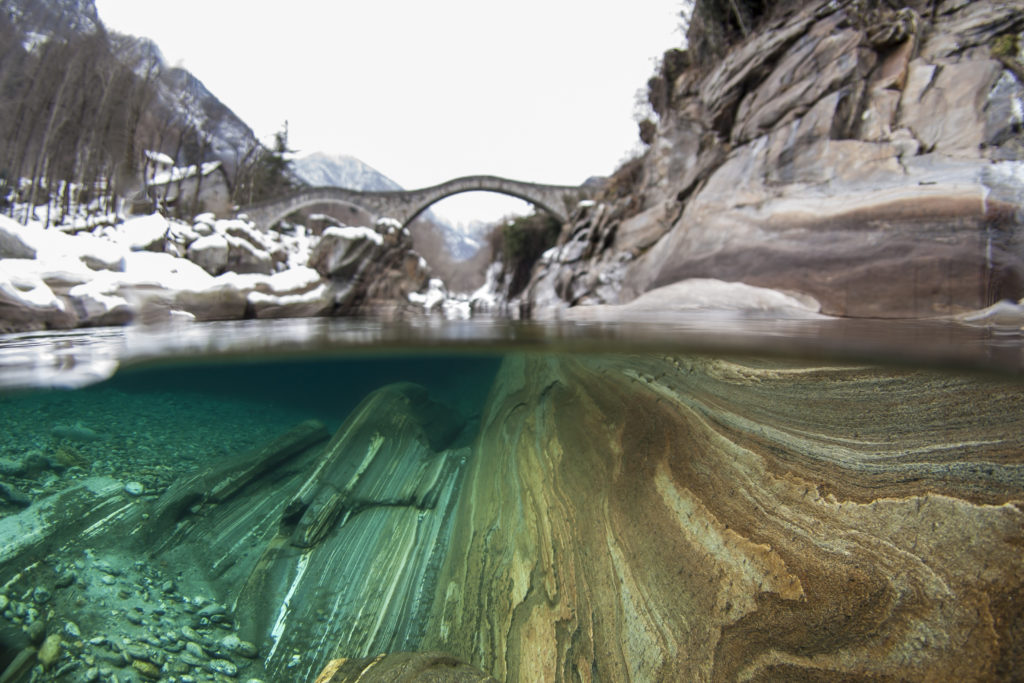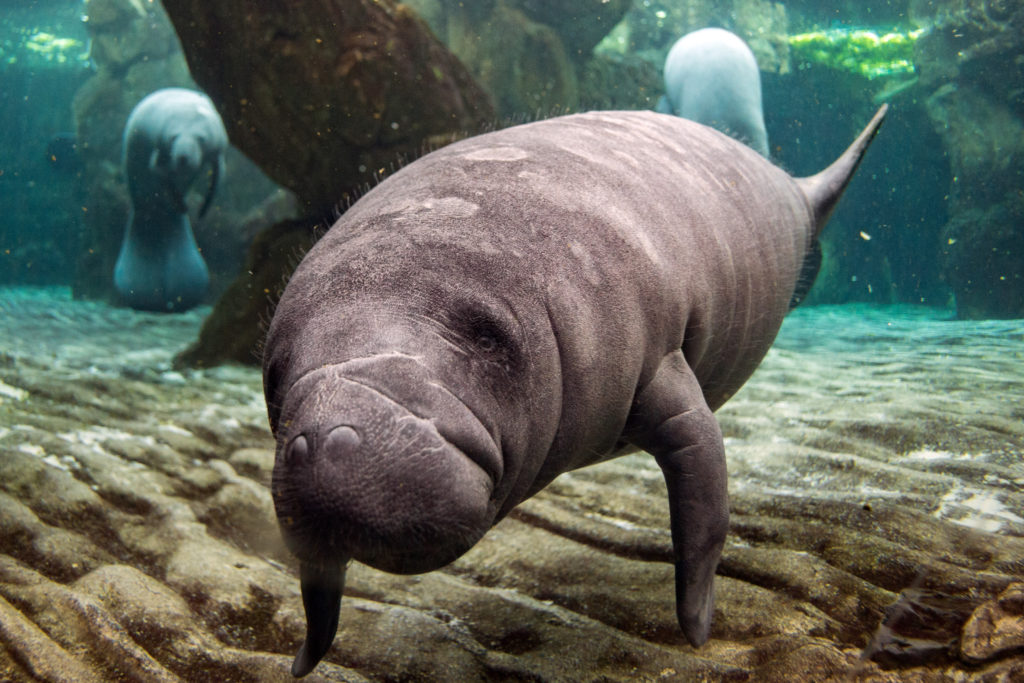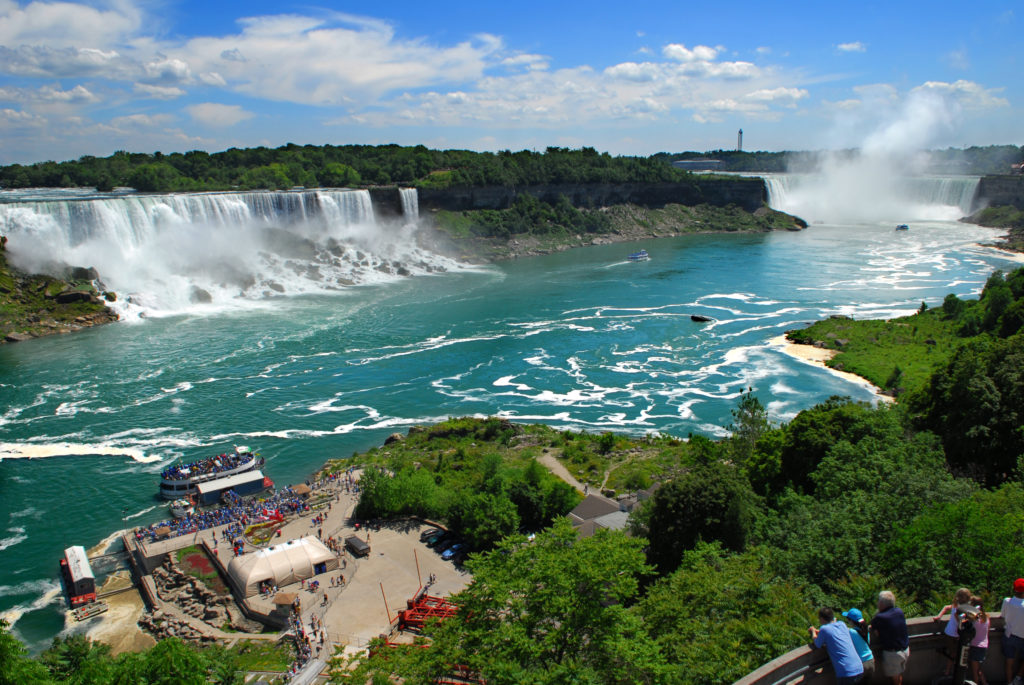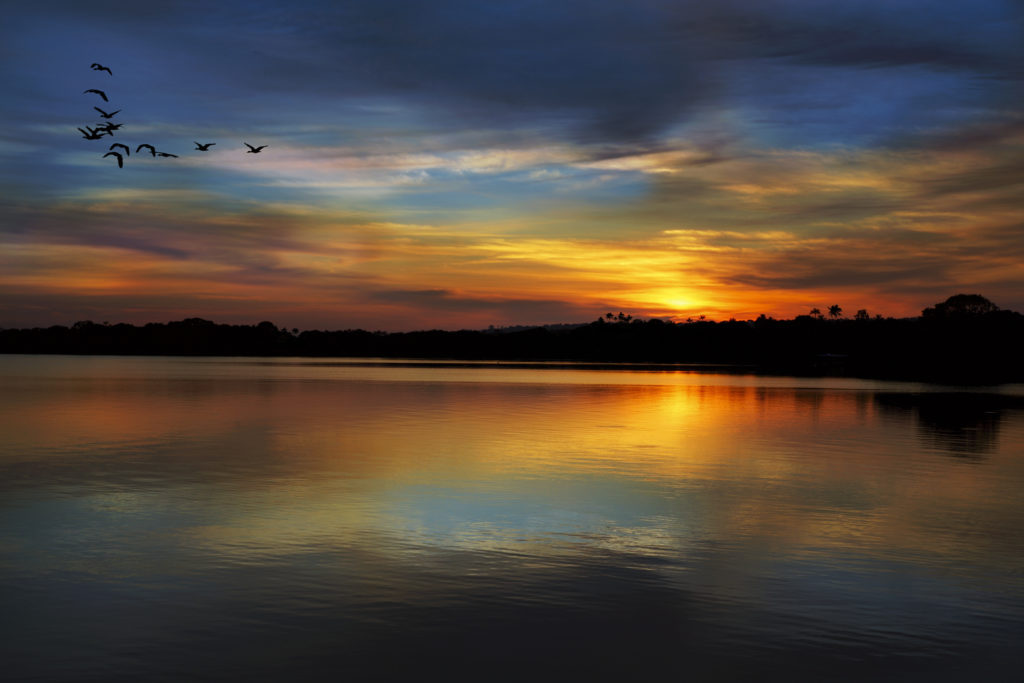Oceans naturally top the list when it comes to must-dive destinations the world over, usually followed by landlocked lakes. Often neglected are rivers, which offer some fantastic experiences as well. Just like oceans, rivers offer a wide variety of challenges and conditions, ranging from muddy water and low visibility, to strong currents and crystal-clear water with a hint of danger — ever dived near a waterfall? If you already dive rivers or even if you’re just curious and want to try something a little different, check out these five top rivers for scuba diving.
Verzasca River, Ticino, Switzerland
The Verzasca River runs through a narrow alpine valley of the same name, in the Italian part of Switzerland near Locarno. The 19-mile-long (30 km) river is famous for its clear waters and smooth rock surfaces, eroded over centuries by mountain-water flow. The Verzasca offers rugged beauty both in and out of the water. The two popular dive sites are about five minutes’ drive apart, and the village of Lavertezzo makes a good base for a drive trip. There is a hotel that caters to divers, which sits near an air-filling station and some excellent post-dive pasta and pizzas.
The Roman Bridge tends to be the first dive site of any visit, as it’s the most picturesque, with an old bridge over the dive site. It’s not the deepest site at only around 23 feet (7 m), but the glass-clear water offers amazing viz. The second site is the Amslerbecken, further down the valley. This one’s a bit hard to access, with very limited parking on sunnier days, as the locals like to sunbathe here.
The water hovers around 46 to 50 F (8 to 10C) most of the year, so you’ll want a drysuit. The viz is always good, but is best when it hasn’t rained recently. Most divers visit during the summer when it can be crowded, but I much prefer visiting in winter when the viz is best and you’ll likely have the site to yourself.
The Verzasca can be dangerous with strong currents, sudden increases in water volume, waterfalls and whitewater rapids, so set a cross-river safety line and make sure you’ve got the right level of training and skill to handle it safely.
Crystal River, Florida
The first of two rivers we’ll feature in the Sunshine State, Crystal River is quite short at only seven miles long (11 k), flowing into the Gulf of Mexico. Though it may be quite short, over 30 natural, warm-water springs feed into it. These springs keep the water temperature at 72 F (22 C) year-round, which is not only good for divers and snorkelers but also for the river’s most famous inhabitants — manatees. Over 350 of them spend the winter here, enjoying the warm waters. If you want to see and snorkel with them (no scuba diving allowed), then plan your visit from November to March. There are strict rules about the number of snorkelers allowed in the water and you cannot touch or harass the manatees in any way, so be on your best behavior.
Aside from the manatees, Crystal River offers great visibility, often from 100 to 150 feet (30 to 46 m), and scuba divers can explore the springs and many natural caverns, though the dives tend to be short. There are a number of dive centers and snorkel-tour operators in the nearby town of Crystal River.
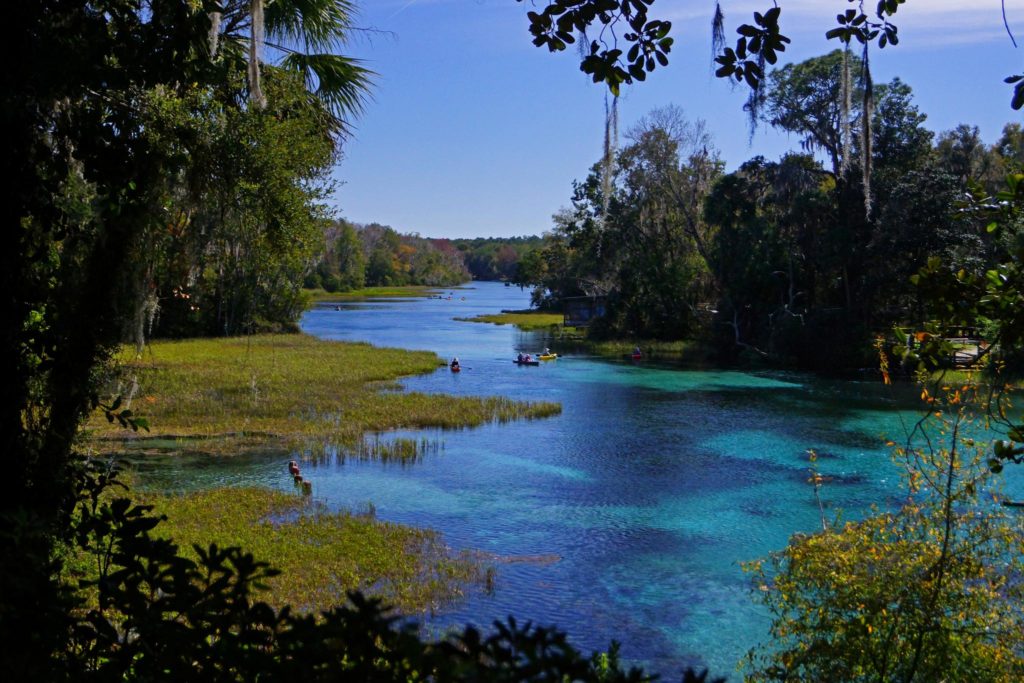
Rainbow River, Florida
The second Florida inclusion on this list is the Rainbow River, north of Crystal River near Dunnellon. The state’s fourth largest spring by volume of discharge feeds the Rainbow River, keeping it flowing smoothly. Again at only 5.7 miles (9.2 km) long, the river isn’t the longest, but is a popular dive site nonetheless.
Waters here are also 72 F (22 C) year-round, and its abundant fish, vegetation and habitat gained Rainbow Springs recognition as a registered National Natural Landmark. Rainbow Springs State Park is quite popular with all kinds of visitors and scuba diving is not the only activity, making it great for a family trip.
There is plenty to see both in and out of the water including turtles, otters, catfish, bass and a wide variety of birds. Independent travelers should note that air refills might only be available in Crystal River, around 17 miles (27 k) away. Visitors should also note that the local sheriff does check that divers are within 50 feet (15 m) of a dive flag.
Niagara River, Ontario, Canada
In the shadow of the far-more-famous Niagara Falls, the Niagara River flows north from Lake Erie to Lake Ontario, forming part of the border between Canada and the United States. The river is 36 miles (58 km) long and water temperatures are generally around 40 to 50 F (4 to 10 C), so make sure you have adequate exposure protection.
Both lakes to the north and south also offer great diving, but here we’ll focus on the river. Most suggested dives start at Fort Erie. With a lively 4- to 5-knot current, it’s best just to get in trim and enjoy the ride, as you can cover a good distance. The visibility is around 40 feet (12 m), so it’s more like the rivers many of us are used to compared to the others on this list.
As you drift along, you should be able to catch sight of sturgeon and pike. You’ll be out of the water long before the famous falls so no worries on that count. The best time of year to go is from June to October.
Negro River, Brazil
Our last choice is an exotic one. The Rio Negro in Brazil is one of the largest tributaries of the mighty Amazon River, also making it onto a list of the top 10 longest rivers in the world at 1,400 miles (2,250 km) long. It’s also one of the longest blackwater rivers in the world.
The Rio Negro is an epic-expedition-level dive site. Deep in the Amazon is the city of Manaus, with a history as dark as the waters themselves. As you’d guess by the fact it’s a blackwater river, the viz is bad — 10 feet (3 m) bad.
Terrible visibility aside, you’d dive here for a chance to see incredible wildlife, such as catfish big enough to swallow a person. One animal is the real draw, however, and that’s the pink Amazon river dolphin, which is the largest of only four non-marine species in the world. These animals are not just distinctive due to their coloration, but also because of their long, toothy snouts and long, low dorsal fins. If you visit, do your research and choose a reputable operator or eco-friendly agency, as protecting these endangered dolphins from unscrupulous tourist activities is critical.


